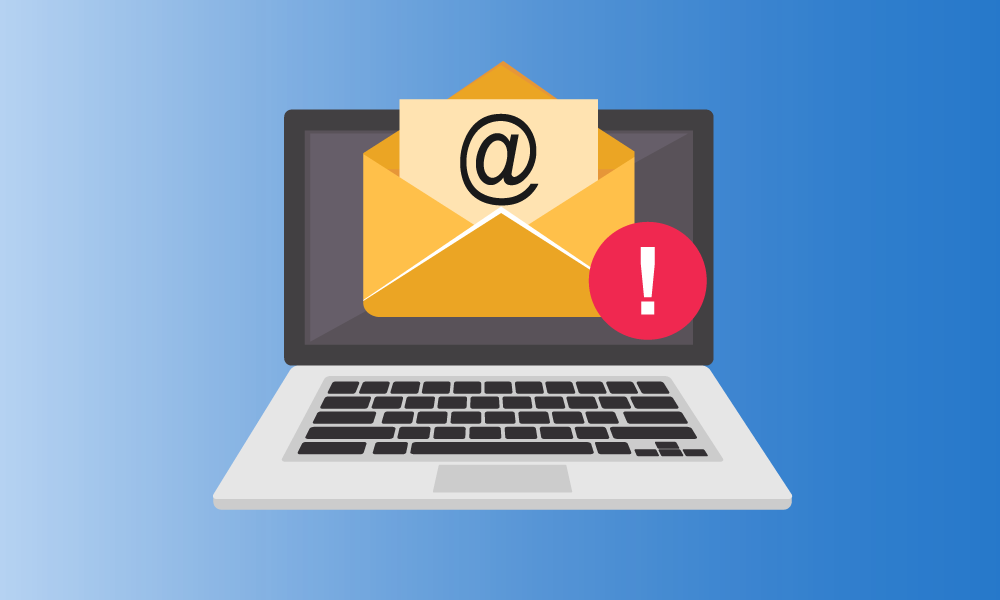With the increasing threat of malware and viruses, ensuring the safety of your email attachments has become more critical than ever. Opening a malicious email attachment can expose your device and sensitive information to potential harm. It's essential to be proactive and adopt proper practices to scan your email attachments for viruses. In this comprehensive guide, we will explore the importance of email checks for viruses, methods to scan attachments, and valuable tips to protect your devices from potential threats.
The Importance of Email Checks for Viruses

Emails remain one of the primary vectors for malware distribution. Cybercriminals often use email attachments as a way to deliver malicious software, such as viruses, ransomware, or spyware, to unsuspecting users. Performing email checks for viruses is crucial for several reasons:
1. Protecting Your Devices and Data
By scanning email attachments for viruses, you can protect your devices and data from potential harm. Malicious attachments can infect your device, compromise your personal information, or even encrypt your files for ransom. Implementing proper email checks helps prevent these security breaches and safeguards your sensitive data.
2. Preventing Malware Spread
Scanning email attachments for viruses not only protects your own devices but also helps prevent the spread of malware to other users. By detecting and neutralizing malware before it reaches other inboxes, you contribute to the overall security of the digital community.
3. Ensuring Business Continuity
For businesses, email security is essential for uninterrupted operations. Malware infections can disrupt workflows, compromise confidential information, and damage a company's reputation. Performing email checks for viruses helps maintain business continuity and protects valuable assets.
Methods to Scan Email Attachments for Viruses

Now that we understand the importance of scanning email attachments for viruses, let's explore effective methods to perform this crucial task:
1. Use Antivirus Software
Antivirus software is a powerful tool to detect and neutralize viruses. Install reputable antivirus software on your device and ensure it is regularly updated with the latest virus definitions. Most antivirus programs offer real-time scanning, which scans email attachments as soon as they are received or accessed.
2. Enable Email Filtering
Email filtering solutions, provided by email service providers or third-party applications, can automatically scan incoming emails for potential threats. These filters analyze attachments for known malware signatures or suspicious behavior, flagging or quarantining them before they reach your inbox.
3. Use Online Virus Scanners
Several online virus scanning services allow you to upload email attachments to their platforms for scanning. These services use multiple antivirus engines to detect and eliminate viruses. After scanning, they provide a report indicating whether the attachment is clean or infected.
4. Exercise Caution and Suspicion
One of the simplest yet most effective methods to protect yourself from email-borne viruses is to exercise caution and suspicion. Be wary of unexpected emails, especially from unknown senders. Avoid opening attachments unless you are confident of their legitimacy. If in doubt, contact the sender directly to verify the email and attachment.
Tips to Protect Your Devices and Inbox

In addition to scanning email attachments for viruses, it's important to adopt other best practices to enhance your email security:
1. Keep Software Updated
Regularly update your operating system, email client, and antivirus software to ensure you have the latest security patches and protection against emerging threats.
2. Enable Two-Factor Authentication
Implement two-factor authentication (2FA) for your email accounts. This adds an extra layer of security by requiring a second verification step, such as a unique code sent to your mobile device, to access your email account.
3. Be Mindful of Phishing Attempts
Phishing emails often try to trick users into clicking on malicious links or downloading infected attachments. Be cautious of suspicious emails, double-check the sender's email address, and avoid clicking on links or providing personal information unless you are certain of their legitimacy.
4. Regularly Back Up Your Data
Regularly back up your important data to an external hard drive, cloud storage, or other secure backup solutions. In the event of a malware infection or data loss, you can restore your files and minimize the impact.
Conclusion
Performing email checks for viruses is vital for protecting your devices, data, and inbox from potential threats. By adopting effective methods such as using antivirus software, enabling email filtering, utilizing online virus scanners, and exercising caution, you can enhance your email security and minimize the risk of falling victim to email-borne malware. Stay proactive, stay vigilant, and prioritize email security to maintain a safe and secure digital environment.
Commonly Asked Questions
1. How can I scan email attachments for viruses?
You can scan email attachments for viruses by using antivirus software, enabling email filtering, utilizing online virus scanners, and exercising caution and suspicion before opening attachments.
2. What should I do if I receive an email with a potentially infected attachment?
If you receive an email with a potentially infected attachment, avoid opening it if you have any doubts about its legitimacy. Delete the email immediately and report it as spam or phishing if necessary.
3. Can antivirus software protect me from all email-borne viruses?
While antivirus software is an effective security measure, it cannot guarantee protection against all email-borne viruses. It's important to combine antivirus software with other security practices, such as email filtering and exercising caution.



